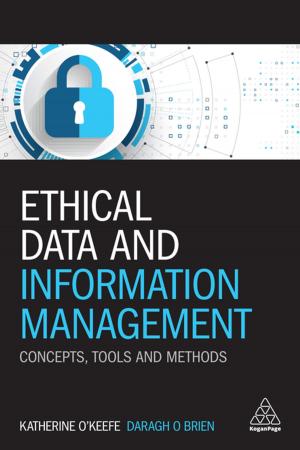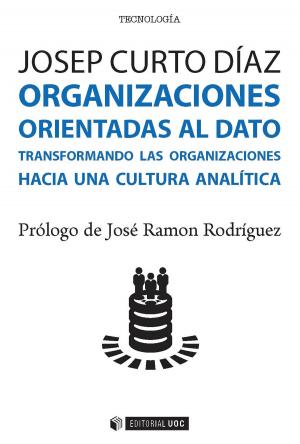151 Ways To Identify Risk
Business & Finance, Business Reference, Management & Leadership, Management| Author: | R. Joy Jackson, FCIP, RF | ISBN: | 9780973274134 |
| Publisher: | R. Joy Jackson, FCIP, RF | Publication: | July 14, 2016 |
| Imprint: | Smashwords Edition | Language: | English |
| Author: | R. Joy Jackson, FCIP, RF |
| ISBN: | 9780973274134 |
| Publisher: | R. Joy Jackson, FCIP, RF |
| Publication: | July 14, 2016 |
| Imprint: | Smashwords Edition |
| Language: | English |
Effective risk management requires risk identification; it is the first essential step in every risk management process. The goal is to develop risk treatments that are efficient and effective across the entire process from initiation to completion. And, you cannot treat risks without knowing what they are.. A thorough identification process leads to greater confidence that your decisions will produce positive results. By continuously scanning key areas, your risk management approach will effectively anticipate and mitigate risks that can have critical impact on your organization.
This guide helps you establish an organized approach to risk identification by covering key areas of your operation. Sources of risk covered are: Premises, Buildings and Contents; Loss of Income; Documentation Review; Corporate Governance; Legal Liability; Personnel Management; Fraud/Theft of Assets and Corporate Risk Tolerance. Risk identification focuses on:
•finding risks - not their potential impact, (that comes later).
•listing risks which affect a broad range of corporate objectives (including vague objectives like 'protect corporate reputation').
Keep in mind the identification process DOES NOT include listing risks which simply state the opposite of your goals. (i.e. Stating that a risk is 'a break-in at office' does not explain what hazard exists that creates that risk.)
Effective risk management requires risk identification; it is the first essential step in every risk management process. The goal is to develop risk treatments that are efficient and effective across the entire process from initiation to completion. And, you cannot treat risks without knowing what they are.. A thorough identification process leads to greater confidence that your decisions will produce positive results. By continuously scanning key areas, your risk management approach will effectively anticipate and mitigate risks that can have critical impact on your organization.
This guide helps you establish an organized approach to risk identification by covering key areas of your operation. Sources of risk covered are: Premises, Buildings and Contents; Loss of Income; Documentation Review; Corporate Governance; Legal Liability; Personnel Management; Fraud/Theft of Assets and Corporate Risk Tolerance. Risk identification focuses on:
•finding risks - not their potential impact, (that comes later).
•listing risks which affect a broad range of corporate objectives (including vague objectives like 'protect corporate reputation').
Keep in mind the identification process DOES NOT include listing risks which simply state the opposite of your goals. (i.e. Stating that a risk is 'a break-in at office' does not explain what hazard exists that creates that risk.)















